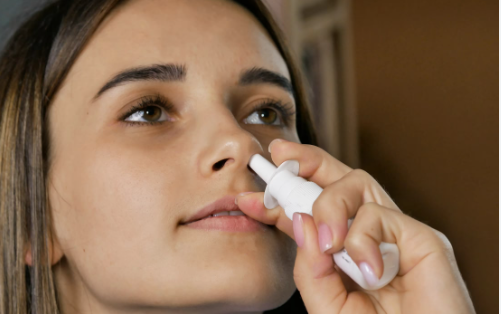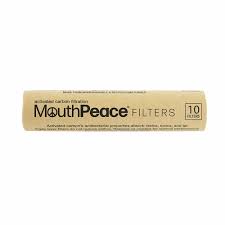Nasal tanners are getting to be increasingly popular recently, particularly among folks seeking a direct sun light-kissed glow without making use of continuous exposure to the sun. But what exactly are nasal tanners, and how do they really work?
Nasal tanners are goods made to induce melanin creation within the epidermis, mostly inside the nasal passages. Melanin will be the pigment in charge of giving skin area its shade and supplying defense against harmful UV radiation from the sun. By raising melanin creation, nasal tanners can darken the facial skin, offering a suntan-like look.
The active ingredient in many nasal tanners is normally a peptide known as melanotan II (MT-II). This man made peptide copies the action of the hormonal agent α-melanocyte-stimulating hormonal agent (α-MSH), which is accountable for exercising melanin production in your body. When applied nasally, melanotan II binds to melanocortin receptors from the pores and skin, activating the production of melanin.
Nasal tanners usually appear as a nasal spray or nasal drops for easy management. End users typically apply the product for the nasal passages, in which it really is absorbed into the bloodstream and moved through the entire entire body, like the epidermis.
It’s vital to be aware that nasal tanners usually are not regulated with the FDA and are often offered as research chemical substances. As such, their safety and effectiveness is probably not well-recognized, and customers should move forward with care. Probable side effects of nasal tanners can include nausea, skin eliminating, greater blood pressure levels, and darkening of moles or freckles.
To conclude, nasal tanners are goods built to energize melanin production from the skin, supplying a suntan-like visual appeal without exposure to the sun. Nevertheless, their protection and effectiveness will not be well-founded, and end users should exercising caution when using the products.


